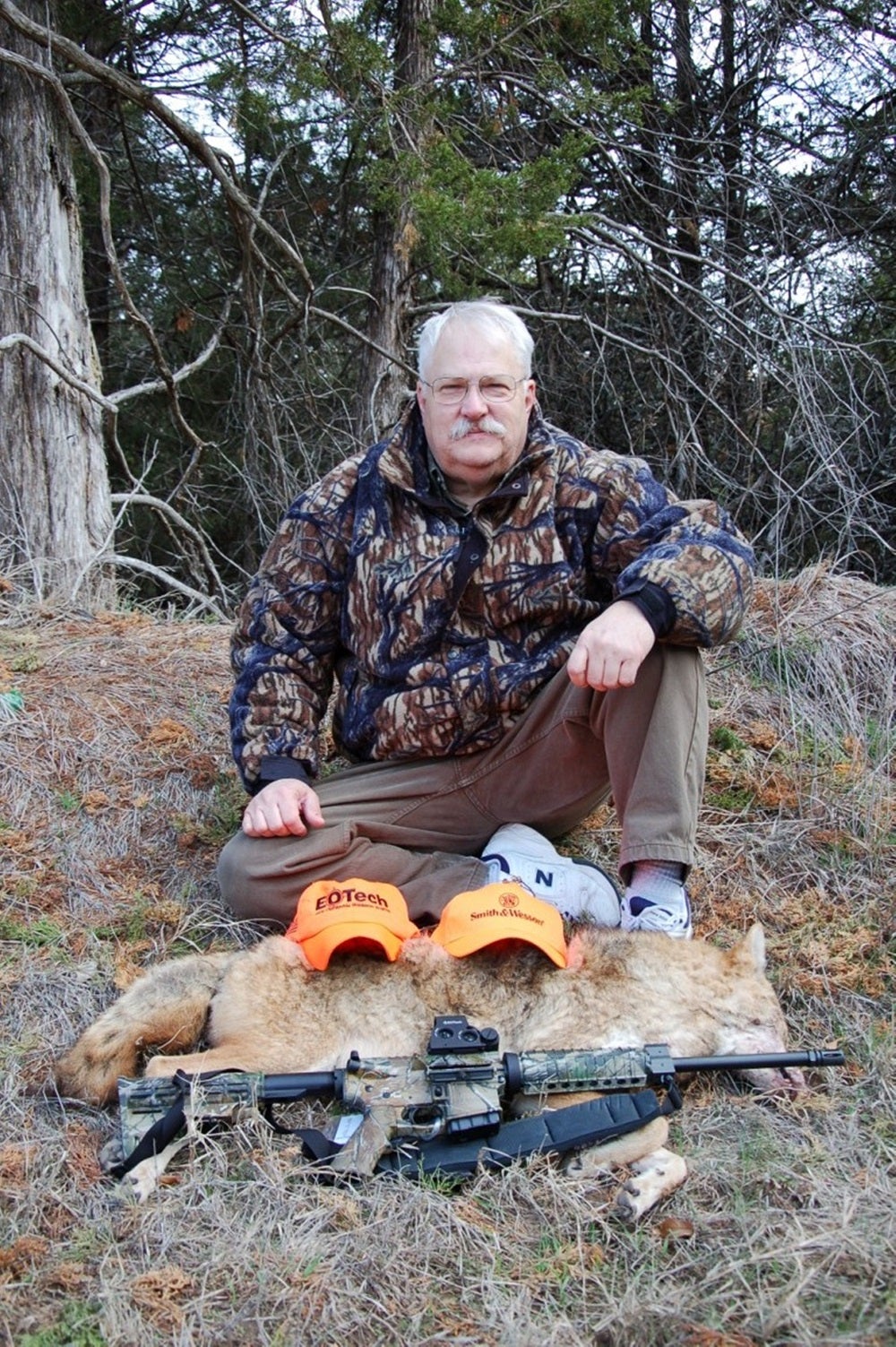After Deer Season Coyote Hunting
Dr. John Woods 02.17.20

When deer hunting is finally over, a lot of hunters don’t want to put their gear away to sit by the fire and read a book. Good options in most parts of the country are small game hunting for squirrels or rabbits — or to go after some wily coyotes.
These days, coyotes can be found just about anywhere in America from woodland forests, open fields, CRP land, harvested timber cutovers, and similar habitats. Basically anywhere that a timber poodle can find an easy meal on small game and other prey.
Coyotes are classified as varmints or predators. They prey on other wildlife species, especially young turkeys and white-tailed deer newborns. For that reason most states offer a liberal coyote hunting season allowing hunters to take them for extended parts of the year if not all year long. Now, that is a hunting opportunity one simply cannot pass up.
However, tracking down, calling, and harvesting coyotes is usually no easy task. It takes a lot of practice and stealth to pop a sneaky coyote on his home grounds.
Basic coyote hunting tactics include setting up completely hidden in brush, high weeds, covered fence rows, or edges of fields and timberlands. Total camouflage must be deployed including hands and face. Scent cover is a good idea, too, but certainly favorable winds need to be accounted for to fool their sharp noses. Movements must be curtailed to an absolute minimum. Coyote eyes and ears are keen for movement or any unusual noises.
Gear wise, coyote hunters need a reliable rifle, either bolt action or AR-platform type, or other suitable firearm equipped to handle coyotes. Calibers of use can vary widely from 223, 22-250, 204 Ruger, on up to mid-range cartridges such as the 243, 6mm, 7mm-08 and such. Effective bullet weights can range from 50 grains up to 100 or 120 grains. Fast-expanding bullets are ideal medicine for ‘yotes, but the hit must be well-placed.
Coyote calling is another whole science and art. Basic dog calls include a dying rabbit sound, or other animal in distress. This can fool a coyote into thinking an easy meal is just waiting. Coyotes can come from hundreds of yards in answer to a call, so constant scanning of the horizon is necessary with high powered binoculars or spotting scopes.
Firearm optics are essential, too. Top your favorite coyote gun with a high-powered variable scope to maximize observation viewing to follow a target that is quite often on the run. Precision long range shooting is a useful skill. However you tackle coyote hunting, you’ll soon be hooked on the fun of it.